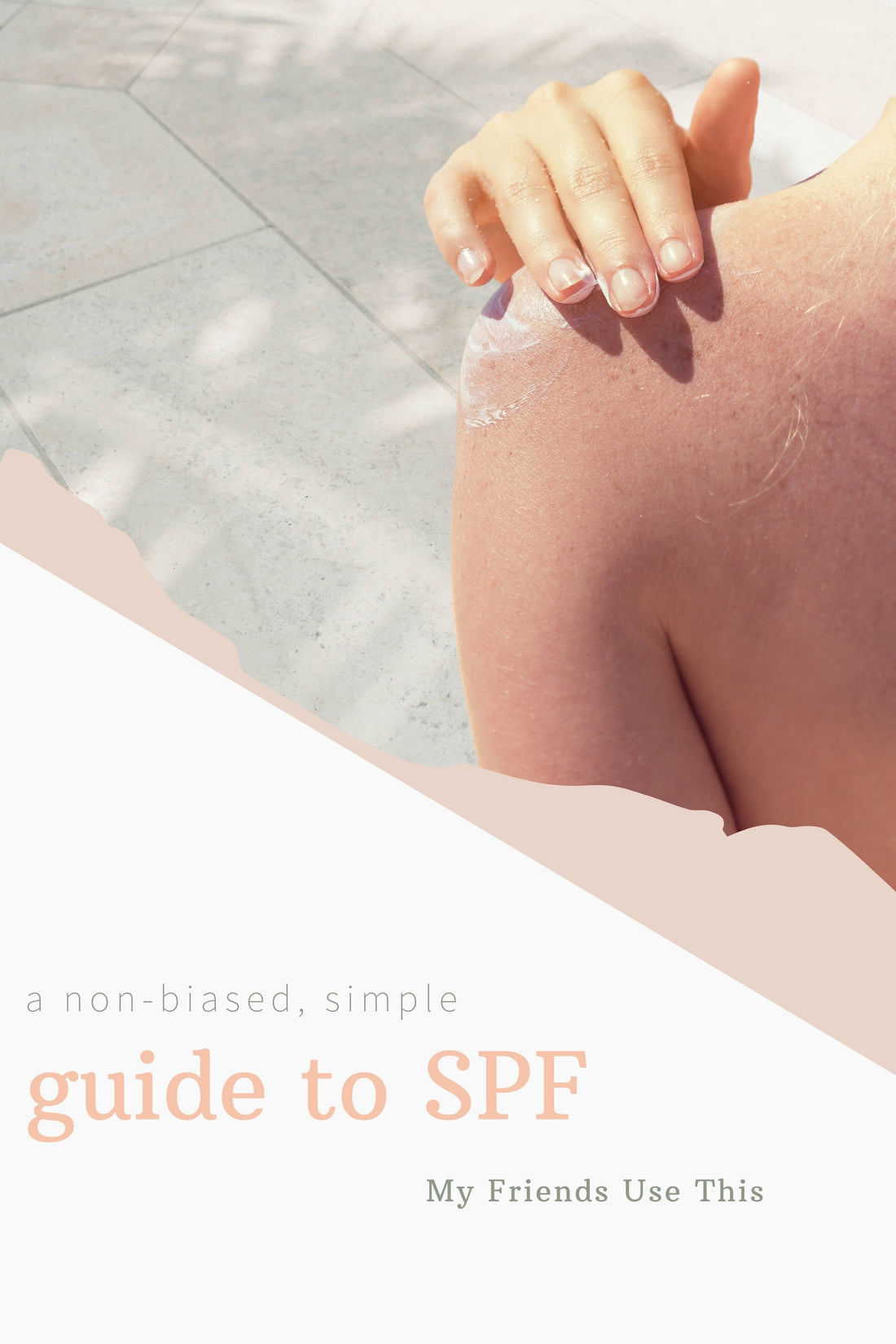We’re going to assume you’ve heard of UVA and UVB rays…those are the ones from the sun that do more than just give you that JLO glow or lobster burn. What is the “more” you ask?
Well, UV radiation causes oxidative stress which then leads to the formation of reactive oxygen species or maybe you’ve heard them called free radicals. And you guessed right…free radicals are NO BUENO. In fact, UV radiation exposure is cited as a cause in 65% of melanomas and 90% of other types of skin cancer, thus making it the number one risk factor in the development of skin cancer THAT YOU CAN CHANGE (D’Orazio et al., 2013).

Well I bet you are probably thinking right now…”That’s just like if you get really burned not if you are tanning, right? I’m just trying to get that glow though.” We are here to tell you that you are wrong. That glow now while you are young is going to cost you later, big time. Oxidative stress doesn’t just play a major role in the development of skin cancer but it also causes damage to fats and proteins in the layers of the skin, and is directly linked to wrinkles (Purba et al., 2001).
We always say, the best kind of sunscreen is the one that you’ll wear. We are excited to bring you our non-biased, super simple, sunscreen guide! We are breaking down the differences between mineral and chemical sunscreen so next time you are shopping for some SPF you’ll know exactly what you are looking for...


